Newly surfaced footage from Mbagathi Hospital has raised serious concerns about the police’s account of blogger Albert Ojwang’s death.
The video clearly shows that instead of rushing him into the hospital for urgent care, police officers spent over 20 minutes loitering in the hospital parking lot. They were seen standing around, making phone calls, and casually walking outside their vehicle.
This behavior has made many people question the police’s earlier claims that Ojwang was still alive and needed emergency help when they arrived at the hospital.According to hospital records, Albert Ojwang was brought to Mbagathi Hospital unresponsive, cold, and showing signs of serious injury.
Nurses and doctors reported that he had no signs of life when they first saw him. This goes directly against what the police had claimed earlier, saying he was alive and needed medical attention when they brought him in.
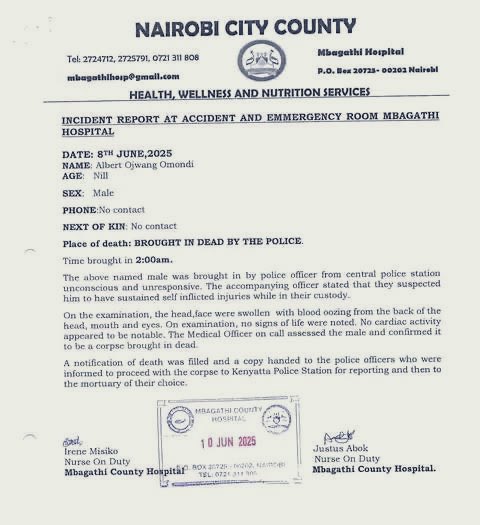
The new video footage shows that there was no rush to save him, even though his condition appeared critical.Dr. Shah Mitali, a medical officer at the hospital, confirmed that after assessing Ojwang’s body, she advised the police to take him to Kenyatta National Hospital before deciding on a mortuary.
This indicates that the medical team already knew that Ojwang had died by the time he was brought in. It wasn’t a matter of trying to save him it was a matter of confirming that he was already gone.
The delay shown in the video has made many wonder whether the police were trying to avoid taking responsibility for what had happened.The hospital’s incident reports further reveal the seriousness of Ojwang’s injuries. He had swelling on his face and deep cuts on the back of his head.

Medical staff described him as not breathing, without a heartbeat, and unresponsive. These injuries do not match the police explanation that he harmed himself by hitting his head against a cell wall.
The injuries seem more consistent with physical assault than self-inflicted harm. This has added more pressure on authorities to come clean about what really happened.
Public anger is growing, especially on social media, where many people are demanding a full investigation.
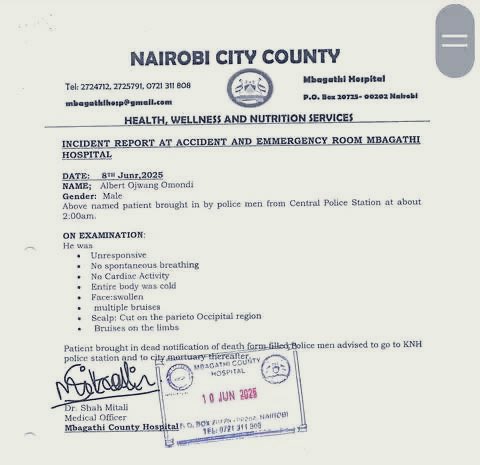
They believe the video proves that there was no urgency to save Ojwang’s life and that the police might be hiding the truth.
The delay in taking him to the hospital, combined with the serious nature of his injuries, suggests that there could be more to this story than what the police have told the public so far.

Families, activists, and the general public now want justice for Albert Ojwang and answers about what led to his tragic death.


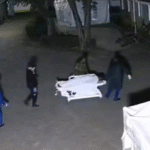




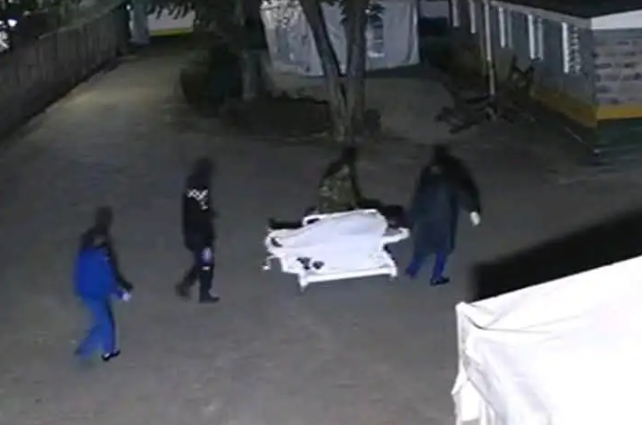




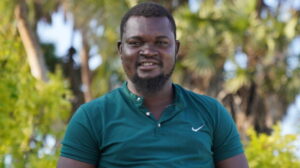








Add Comment